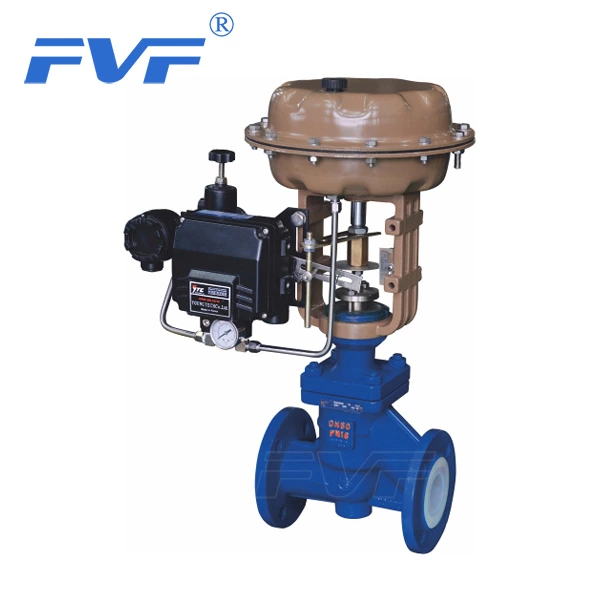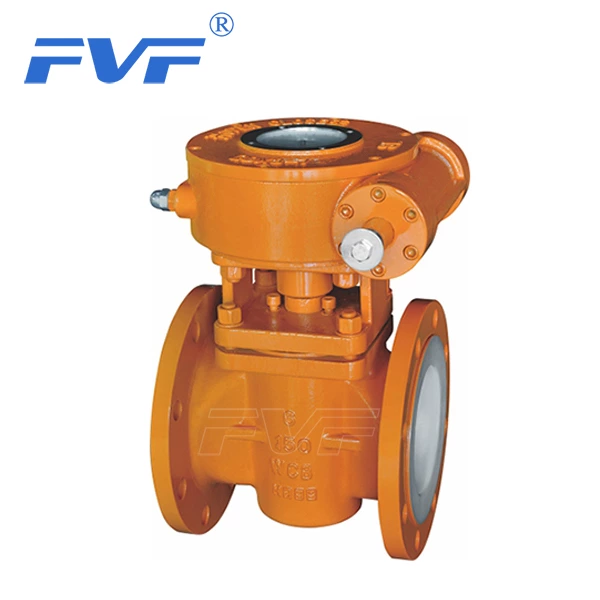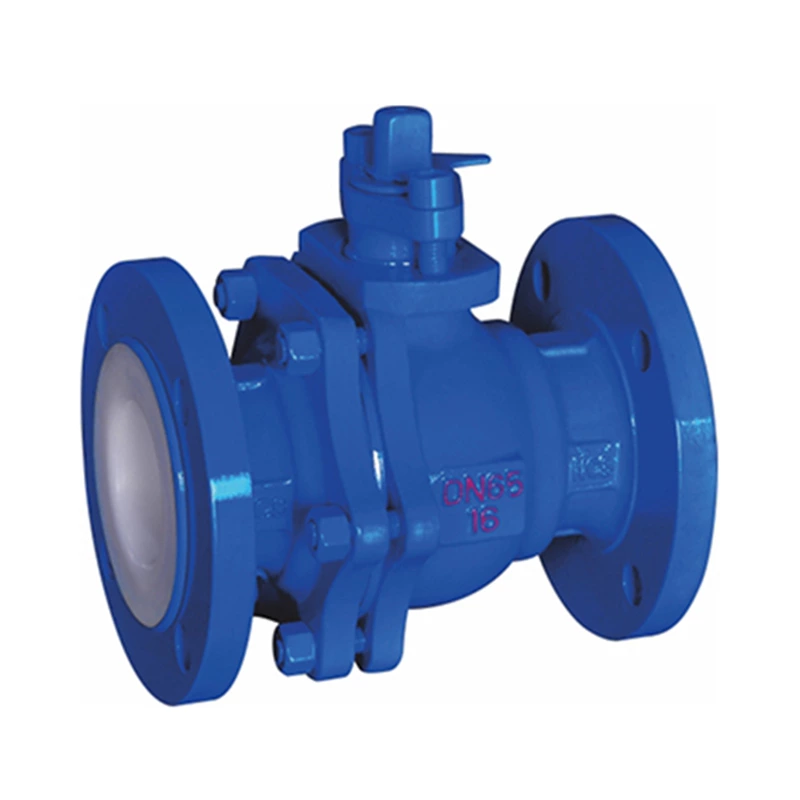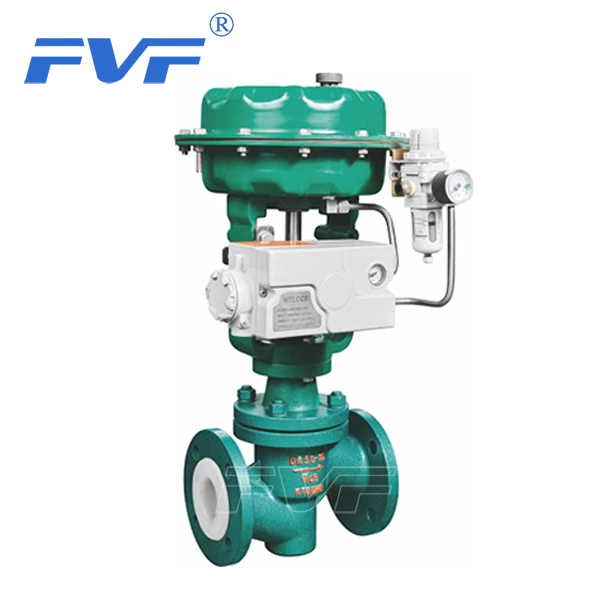Where Can I Check When The Control Valve Fails?
Key inspection areas of the Lined Control Valve when a failure occurs
When a regulating valve fails, in order to ensure its normal operation and extend its service life, the following are some key inspection areas:
Inner wall of the valve body: Especially for those regulating valves used in high pressure difference and corrosive media, the inner wall of the valve body is often impacted and corroded by the medium. Therefore, it is necessary to carefully check its pressure resistance and corrosion resistance to ensure that there are no cracks, corrosion pits or other damage on the inner wall.
Valve seat: When the regulating valve is working, due to the infiltration of the medium, the inner surface of the thread used to fix the valve seat is easily corroded, which causes the valve seat to loosen. In addition, for valves working under high pressure difference, the sealing surface of the valve seat should be specially checked to see if it is damaged or worn.
Valve core: As a movable part of the regulating valve when it is working, the valve core is most seriously affected by the erosion and corrosion of the medium. During maintenance, the various parts of the valve core should be carefully checked for corrosion or wear, especially the valve core working under high pressure difference, which may be more seriously worn due to cavitation. If the valve core is found to be seriously damaged, it should be replaced in time. At the same time, you should also pay attention to check whether the valve stem has similar phenomena, or whether the connection with the valve core is loose, etc.
Seals: "O"-rings and other sealing gaskets are key components to prevent media leakage. When checking, pay attention to whether these seals are aging, cracked or deformed, and if necessary, they should be replaced in time.
Packing and lubricating grease: PTFE packing and sealing lubricating grease are important components to ensure the sealing performance of the control valve. When checking, pay attention to whether these materials are aging, hardened or the mating surface is damaged. If problems are found, they should be replaced or repaired in time.
Methods to increase the life of the control valve
Large opening working method: Let the control valve work at a large opening as much as possible at the beginning, such as 90%. This can reduce the impact of cavitation, erosion and other damage on the valve core. As the valve core gradually wears and the flow increases, the valve opening can be appropriately closed to make full use of the entire valve core. This method can significantly increase the service life of the control valve.
Reduce S and increase the working opening method: Reduce the pressure drop allocated to the valve by increasing the loss of the system except the control valve. This ensures that the control valve has a larger opening at the same flow rate, thereby reducing the impact of cavitation, erosion and other damages on the valve core. At the same time, due to the reduction of pressure drop on the valve, the service life of the control valve can also be extended.







